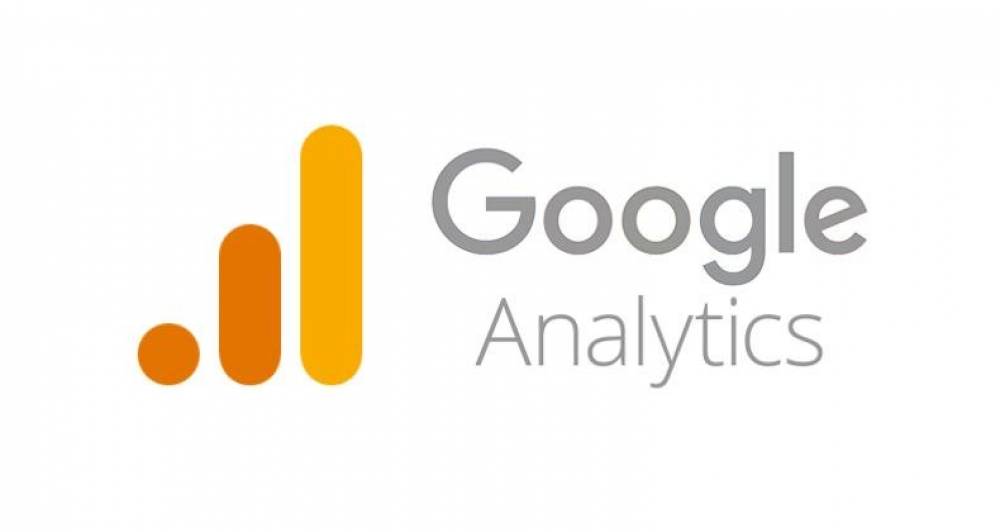Chapter 4.5: Google Analytics: Unveiling Insights For Informed Strategies - Introduction To SEO

Posted by Arowosegbe Olawale in General
In the vast and intricate landscape of the digital realm, understanding users’ behavior and preferences is a strategic imperative. As websites and online platforms strive to capture attention, engage audiences, and achieve business objectives, data-driven decision-making becomes paramount. This is where Google Analytics steps onto the stage—a powerful tool that provides a panoramic view of website performance, users' interactions, and conversion metrics. With its ability to unveil a treasure trove of insights, Google Analytics empowers businesses, marketers, and website owners to shape informed strategies that resonate with users and drive digital success.
The Data Ecosystem: Navigating the Digital Landscape
At the heart of Google Analytics lies the concept of data collection and analysis. Every click, every interaction, and every journey a user takes on a website generates data points that collectively tell a story. Google Analytics transforms this raw data into actionable insights, offering a comprehensive perspective on how users engage with a website.
The tool is designed to capture a diverse range of metrics, including:
- Users’ Behavior: Google Analytics tracks users’ behavior, highlighting the pages visited, time spent on each page, and interactions such as clicks, scrolls, and form submissions. This data provides a detailed understanding of users’ engagement and preferences.
- Traffic Sources: The tool categorizes traffic sources, distinguishing between direct, organic, referral, and paid traffic. This insight helps assess the effectiveness of different marketing channels and campaigns.
- Geographical Insights: Google Analytics reveals the geographical origins of website visitors, allowing businesses to tailor contents and offerings to specific regions.
- Demographics and Interests: The tool provides demographic information such as age, gender, and interests of website users. This data is invaluable for tailoring contents and targeting specific audience segments.
- Conversion Metrics: Google Analytics tracks key conversion metrics, such as goal completions, e-commerce transactions, and revenue. These metrics offer insights into users’ actions that contribute to business success.
Crafting Informed Strategies: From Insights to Action
The true power of Google Analytics lies in its ability to transform data into actionable insights. By analyzing the data streams generated by users’ interactions, businesses can derive profound insights that shape their digital strategies. These insights guide decisions about content creation, marketing campaigns, users’ experience enhancements, and more.
For example, if Google Analytics reveals that a specific blog post is receiving a disproportionately high number of visits and longer average session durations, businesses can deduce that the topic resonates with the audience. Armed with this insight, they can create more contents around similar themes, increasing engagements and fostering a loyal readership.
Similarly, if a significant portion of website users drop off during the checkout process, Google Analytics can pinpoint the exact step where users abandon their transactions. Armed with this information, businesses can optimize the checkout process, simplify forms, or offer incentives to reduce abandonment rates and boost conversions.
Measuring Campaign Performance: A Data-Driven Approach
In the ever-evolving landscape of digital marketing, campaigns are launched with specific objectives—be it brand awareness, lead generation, or conversions. Google Analytics serves as a barometer to measure the success of these campaigns. By incorporating tracking codes and parameters, businesses can track the performance of individual campaigns in real-time.
For instance, if a business runs a social media advertising campaign, Google Analytics can reveal the number of visitors, engagement rates, and conversions attributed to that specific campaign. This level of granularity allows marketers to allocate resources effectively, doubling down on successful campaigns and refining those that may underperform.
Users’ Experience Optimization: The Path to Engagement
In the digital age, where competition for users’ attention is fierce, delivering an exceptional users’ experience is pivotal. Google Analytics serves as a virtual magnifying glass, uncovering the intricacies of users’ interactions and providing insights into users’ preferences.
By analyzing users’ behavior metrics such as bounce rates, session duration, and navigation paths, businesses can identify pain points in the users’ journey and take corrective actions. For example, if a particular page has a high bounce rate, indicating that users leave the site without interacting further, businesses can investigate whether the content is relevant, whether the page loads slowly, or if the layout is confusing.
Furthermore, Google Analytics offers valuable insights into the devices and browsers used by visitors. Armed with this information, businesses can optimize their websites for different platforms, ensuring a consistent and engaging users’ experience across desktops, tablets, and smartphones.
Data-Backed Decision-Making: Shaping Digital Excellence
In the dynamic arena of the digital landscape, where trends shift, users’ preferences evolve, and competition intensifies, data-backed decision-making is not just an advantage—it is a necessity. Google Analytics equips businesses with the tools to extract meaningful insights from the vast ocean of data, transforming raw information into a compass that guides strategic choices.
From crafting content strategies that resonate with users to fine-tuning marketing campaigns for optimal impact, from optimizing users’ experiences to improving conversion rates, Google Analytics serves as a trusted ally in the pursuit of digital excellence. By unveiling the intricate web of user behavior, Google Analytics empowers businesses to navigate the digital labyrinth with clarity, insight, and the confidence that every decision is grounded in data-driven wisdom.
